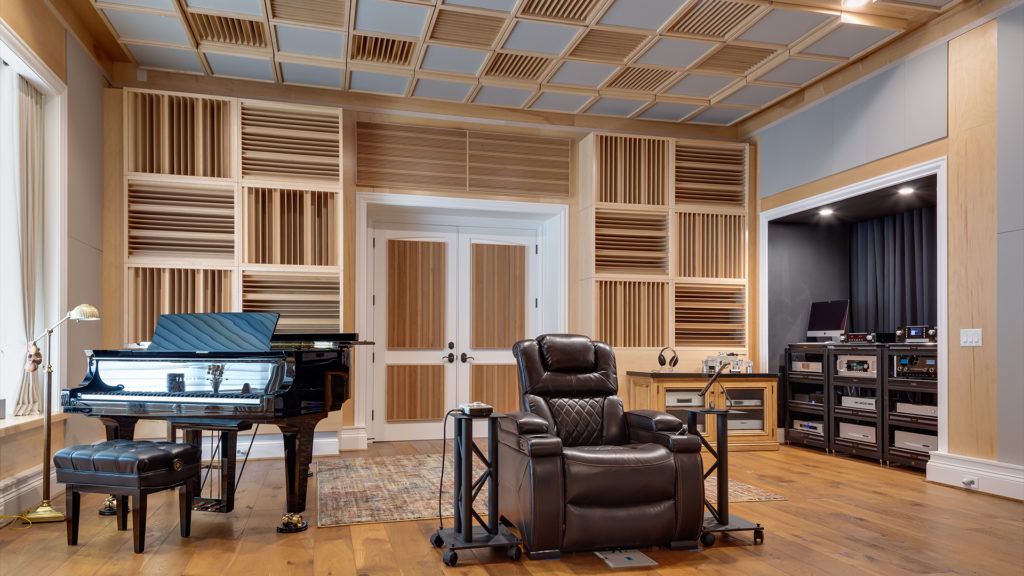
How do we decide what acoustic treatment for rooms? Do we use absorption or diffusion? What type of absorption do we need within our rooms? Do we need low-frequency absorption or middle and high frequency absorption? How much surface area do we cover to deal with both low-frequency issues along with middle and high frequency excess energy. Is diffusion an appropriate acoustical treatment for our rooms? If so, what frequency range of diffusion will we require for our particular room usage.? What is the usage we are going to use within the room? Is it a room for listening to music or recording instruments and voice? Is our room a home theater room or a professional recording studio? All of these questions must be answered first before we decide what acoustic treatment for rooms that will be appropriate. Let’s examine the two main types of acoustical treatment we will use in our critical listening rooms and what type will be appropriate for our chosen room usage. However, before we discuss the absorption and diffusion treatment inside our rooms, we must examine noise transmission and the construction of the appropriate barrier material type. https://en.wikipedia.org/wiki/Noise_barrier
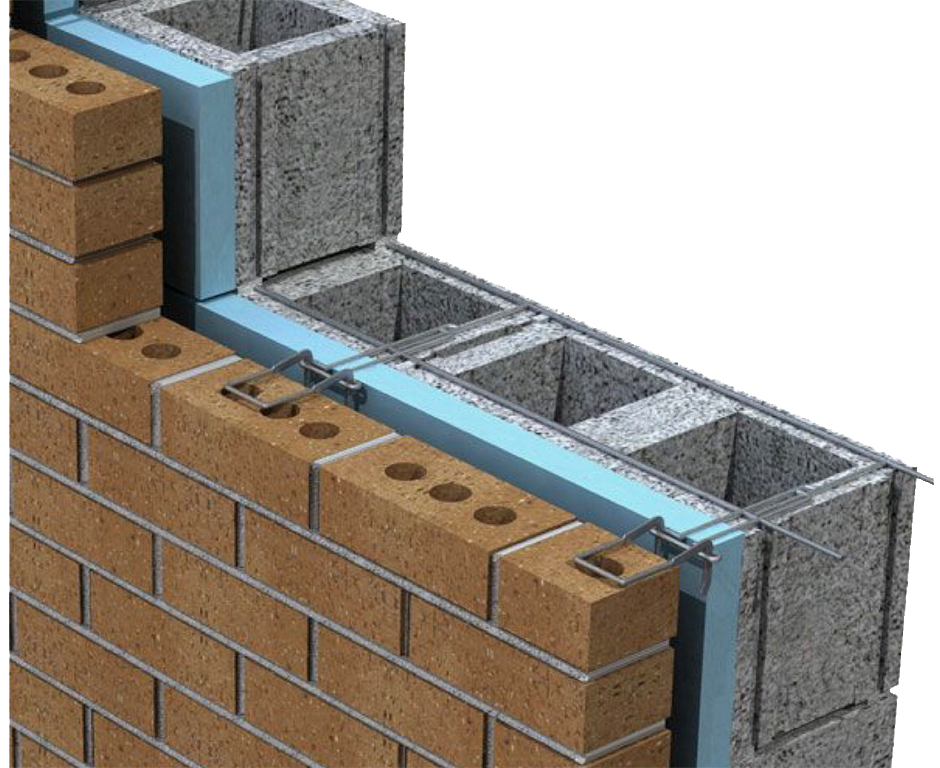
Noise transmission is defined as noise leaving our rooms and disturbing others. The flip side of that is also true; noise from others coming into our rooms and bothering us. Noise transmission issues can destroy a good sounding room or limit the usage of the room to certain times of the day for usage due to high noise floors. Working around noise is no fun especially when our goal in any critical listening room is low distortion. Noise is another form of room distortion along with room modes, comb filtering, and speaker boundary interference effects. The noise floor within any critical listening environment must be as low as budget and space will permit. There is nothing worse than having a quality sounding mix room than to have your neighbors banging on your room when you are using your mix room at 2 am. In order to stop noise, we must take a picture of that noise over a seven day time period. This process is termed pressure mapping and it shows us what frequencies are problematic and how strong those frequencies are. Once we have identified the frequencies of issues and how strong they are we can design an appropriate barrier to use to reduce the transmission of that measured noise into our rooms. A barrier is the wall you build between yourself, the receiver, and the noise source. https://www.encyclopedia.com/science/encyclopedias-almanacs-transcripts-and-maps/sound-transmission
We have a process at Acoustic Fields where we send you apps that you download on your phone.You then take noise measurements with these apps using your phone. We like to see noise numbers three times a day. You will want to measure the loudest part of each day along with the quietest, Another noise measurement between the minimums and maximums is always welcome as a reference. You then record the numbers on our online form and send us the data. We will then analyze the weeks worth or data and send you the proper barrier design you need to build to reduce the transmission of noise through your structure. Not all noise is the same nor are the barriers you use to reduce it the same for all noise situations. Every noise situation is unique and requires numbers to quantify and qualify the noise of the issue. For example, noise below 125 Hz. is completely different from noise above 125 Hz. The barrier that you will build to stop each of these noise issues is completely different. There is no one size fits all as those on the net would have you believe. The double wall green glue nonsense is only good for frequencies above 125 Hz. and takes up too much space. You will need at least 10″ of space to use this method and it only works on a limited frequency range. Giving up 10″ of space you should be able to stop or minimize a full frequency range of noise, not just the noise above 125 hz. https://www.acousticfields.com/sound-barrier-technology/
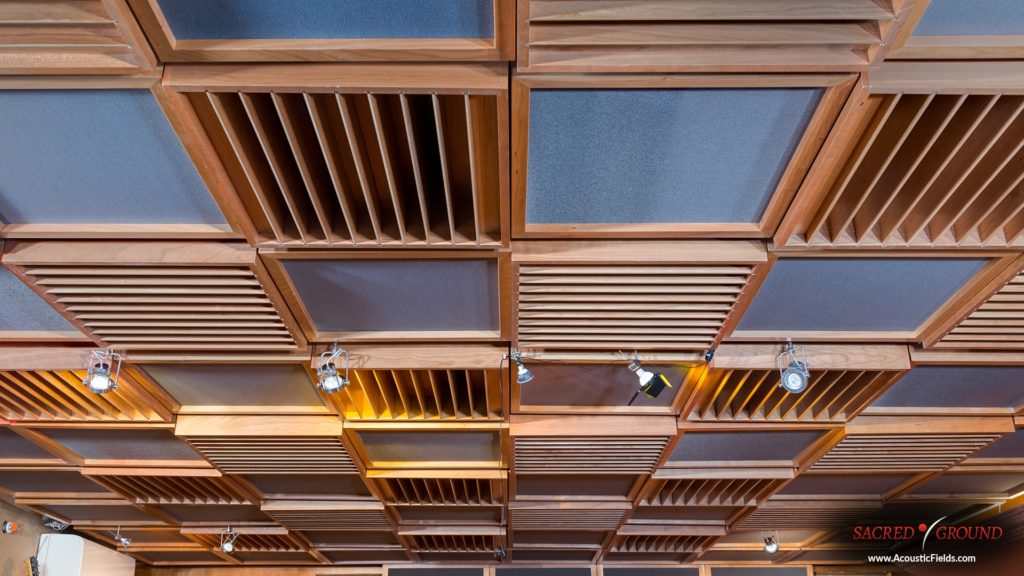
Once we have the noise issues resolved by building the proper barrier, we can then focus on the energy within the room. The energy within our rooms can be divided into two main types. We have low-frequency energy along with middle and high frequency energy. Low-frequency energy can be managed using absorption. Middle and high frequency energy can be managed using both absorption and diffusion. Low-frequency energy is the most powerful of the two types and costs the most to treat. Low-frequency treatment is all about having enough horsepower in your treatment type and having enough space to treat the required surface areas which include the 4 walls, floor, and ceiling. The most powerful of all the low-frequency absorption technologies is diaphragmatic absorption. It produces the most absorption per square foot of any of the technologies currently within the marketplace and can be designed to perform down into the 30 hz. range. Small rooms need lots of diaphragmatic absorption and they need it on all 4 walls and even the floor and ceiling. Since low-frequency management is all about horsepower and surface area coverage, we need to cover the walls with the technology. We have two choices with this procedure. We can use freestanding units since coverage is the goal or we can build the lower frequency absorption into our walls so we don’t have a lot of “boxes” sitting around within our rooms taking up valuable space. https://www.acousticfields.com/carbon-absorber-wall/
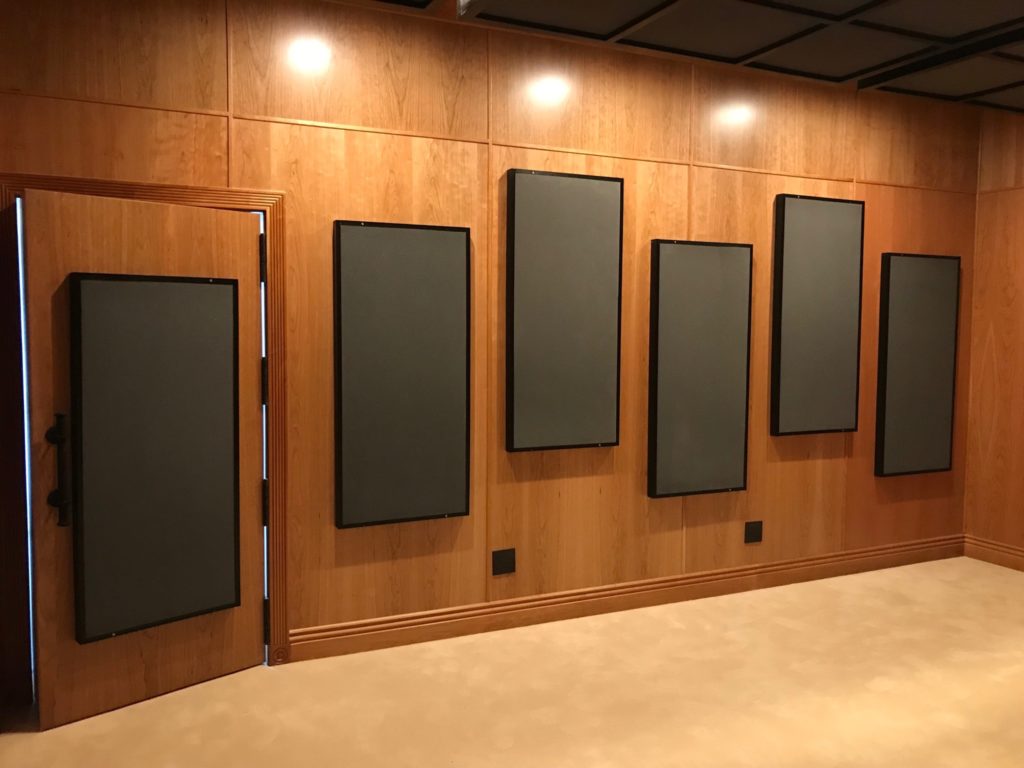
Middle and high frequency treatments can be either absorption or diffusion or even a combination of both. Absorption is used to absorb excess energy within our rooms so that we reduce the issues produced by too much energy against a wall surface area. We have two types of energy within our rooms. We have the direct or straight line energy that occurs between the source of the sound which could be a speaker, instrument, or vocalist. The shortest distance between two points is a straight line and the direct energy is the purest energy from a source since it travels in a straight line from our sound source to our ears. This is the purest of sound since the room has not gotten ahold of it yet. Once the direct sound travels far enough it will strike the walls and that process produces reflections which are room distortion. When the reflections mix with the direct sound from a source we have distortion. Getting quality sound in any critical listening room is all about balancing the reflections from the room walls with the direct sound from source, Once we have the reflections managed correctly, we can then consider using diffusion. Diffusion is a technology that takes a small room and makes it sound larger by minimizing the strength of the reflection by turning a large reflection into a series of smaller reflections. This process confuses our hearing systems and the brain/hearing mechanisms can not perform well enough to localize distance thus the room sounds larger than the given dimensions. https://www.acousticfields.com/product/qda-17-quadratic-diffusor-absorber/


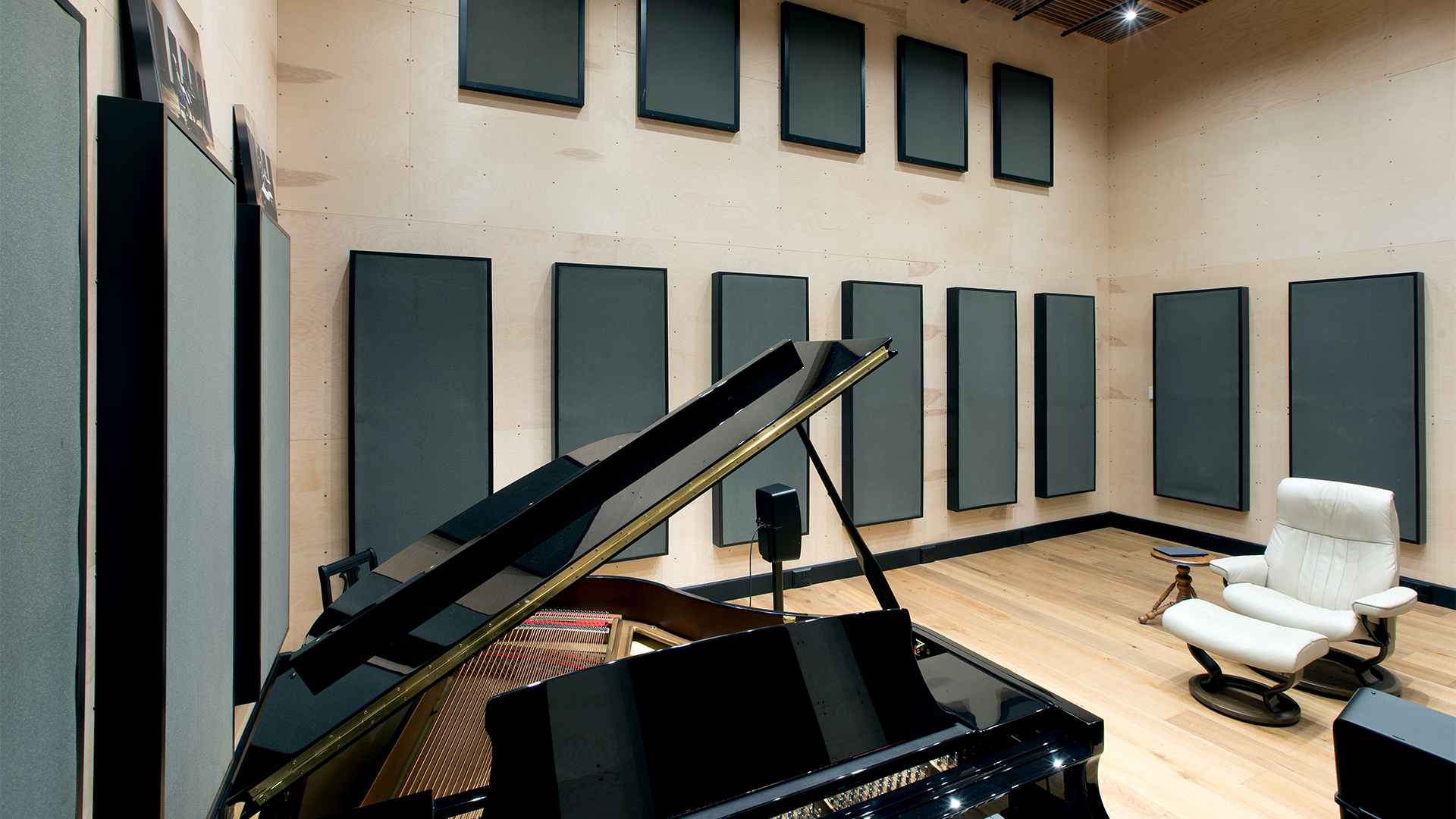


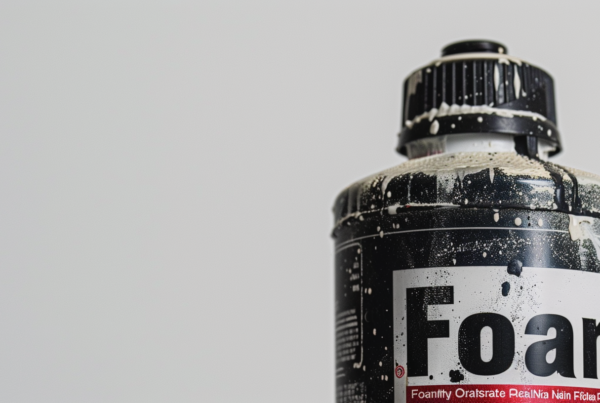
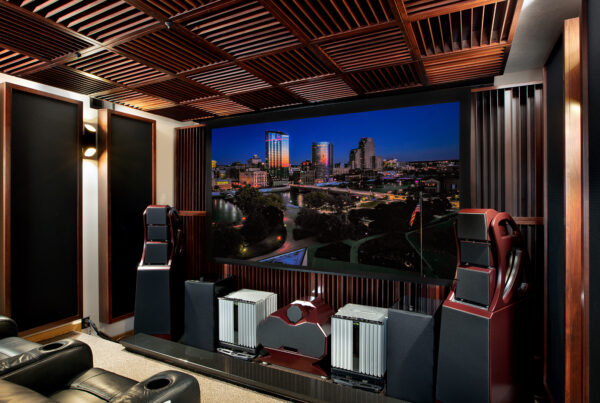
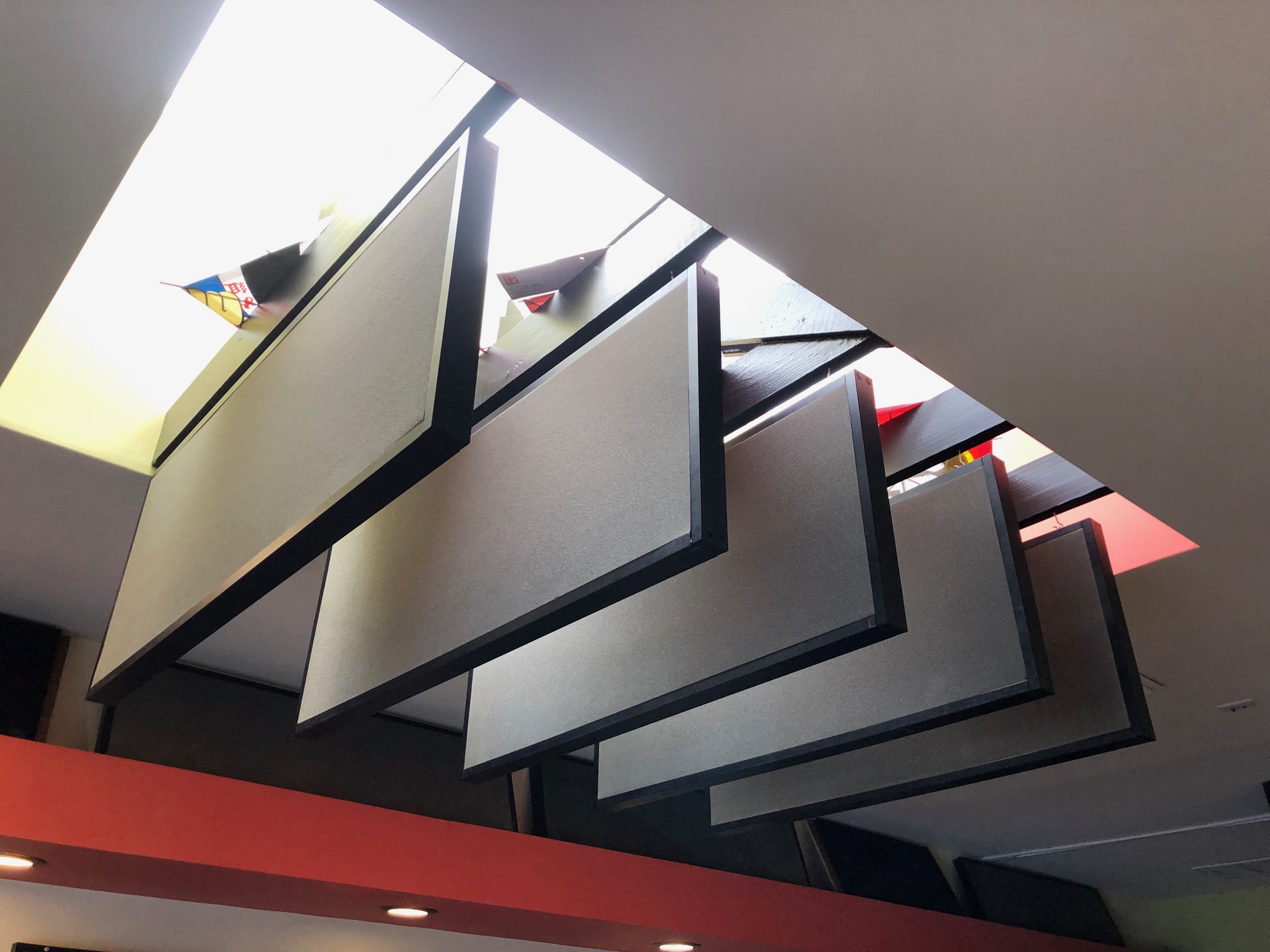
We use broadband absorption in the two most critical frequency regions in small rooms. Our Diaphragmatic absorbers, ACDA series, have…
Interesting web site and provocative introduction. Please check your copy for typos, otherwise nicely presented. I would like to see…
There is no such thing as soundproof anything especially carpet. Low frequency noise transmission requires a permanent construction fix with…
Hello Dennis! Our neighbors put a Ice Bath in their garage which is right below our bedroom and the Low…